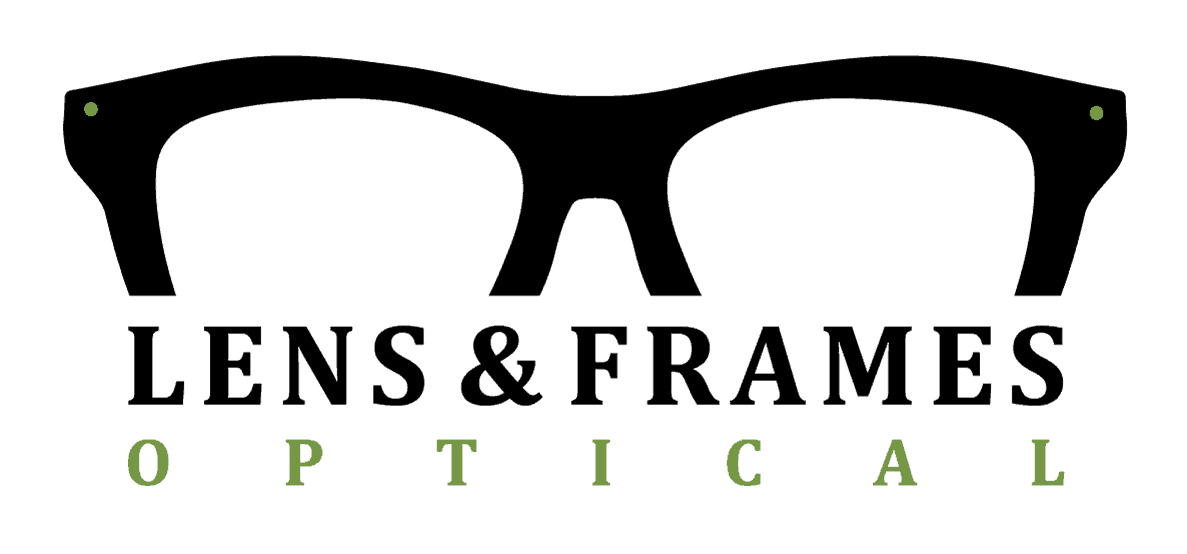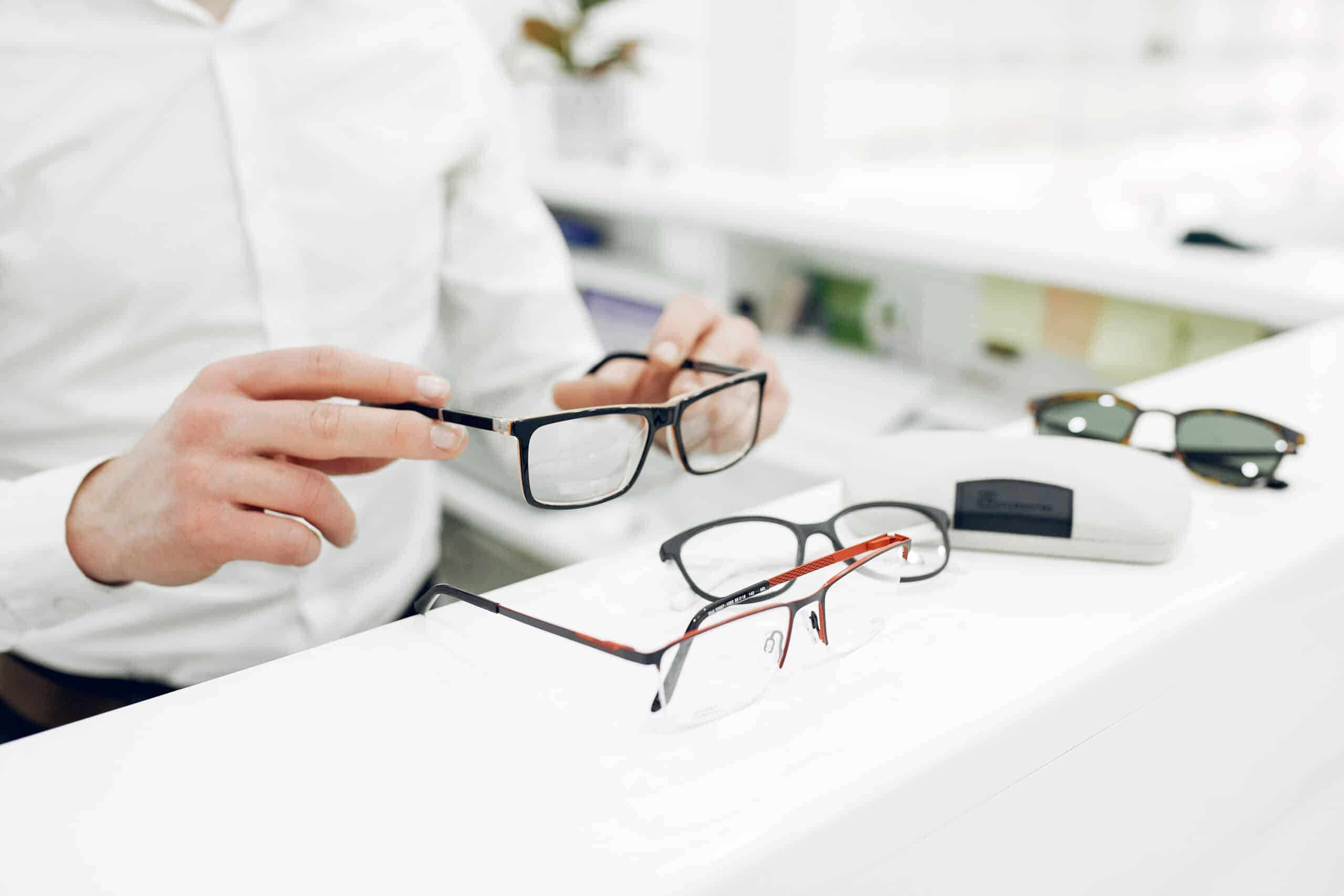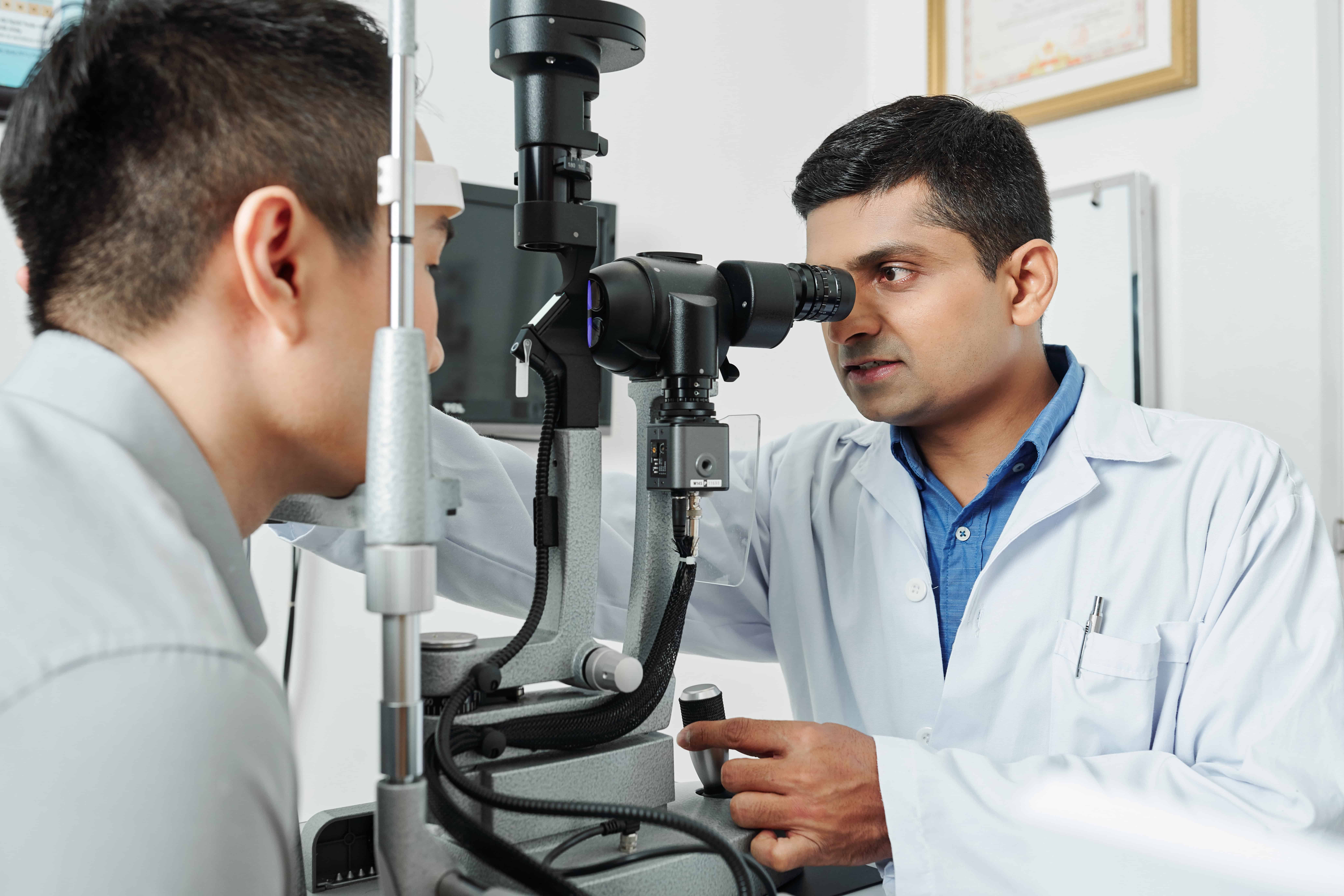Given the many options available, choosing the proper eyewear can often feel overwhelming. The eyewear industry continually evolves, offering new and improved lenses to cater to various needs and preferences. Bifocal and progressive lenses are two standard options for individuals needing multiple prescriptions. While both types of lenses serve the same fundamental purpose, they differ significantly in design and functionality.
Selecting the appropriate lenses for your needs hinges on your specific vision requirements. Bifocal lenses might be ideal if you need glasses primarily for reading or computer use. Conversely, progressive lenses may be more suitable if you require glasses offering a broader vision correction range. Having an eye doctor is a good choice because they can assist you in finding the best glasses for your needs during an eye exam.
What Are Bifocal Lenses?
Bifocal lenses have a long history of use. They correct both near and far vision and feature a visible dividing line separating the two distinct lens powers. The top section of the lens corrects distance vision, while the bottom section corrects near vision. This design makes bifocals particularly useful for individuals who need glasses for activities such as reading, working on a computer, driving, or watching TV.
Bifocal lenses are commonly prescribed to individuals with presbyopia, an age-related refractive error that gradually impairs the ability to focus on close objects. If you are experiencing nearsightedness or farsightedness, it’s possible to develop presbyopia in conjunction with them. Bifocal lenses can address both vision problems effectively.
The Advantages of Bifocals
- Ease of Use: The distinct line on bifocal lenses makes switching between distance and near vision straightforward. You look through the appropriate part of the lens for the task at hand.
- Affordability: Bifocals are generally more affordable than progressive lenses, making them a cost-effective option for many.
What Are Progressive Lenses?
Progressive lenses represent a newer and more advanced design compared to bifocals. These lenses offer a progressive gradient of power from the top to the bottom of the lens, allowing for seamless transitions to meet various vision needs. Unlike bifocals, progressive lenses have a seamless design without a visible line separating the near and far vision areas. Instead, they use a sophisticated design to provide a gradual transition that corrects far, intermediate, and near vision within the same lens.
Progressive lenses are ideal for those requiring a wide range of vision correction, such as individuals with presbyopia and other refractive errors.
Advantages of Progressive Lenses
- Seamless Transitions: Progressive lenses offer a smooth, gradual change in prescription strength from the top (for distance vision) to the bottom (for reading), creating a more natural visual experience.
- Versatility: Progressive lenses correct distance, near vision, and intermediate distances, making them suitable for daily tasks.
How to Choose Between Bifocal and Progressive Lenses
Deciding between bifocal and progressive lenses depends on your lifestyle, visual needs, and personal preferences. Here are some factors to consider:
Occupation and Hobbies
Progressive lenses might be ideal if you frequently work on a computer or engage in activities that need clear vision at intermediate distances. They provide seamless vision correction across various focal points. However, bifocals could suffice if your primary needs are a sharp vision for reading and distance tasks.
Comfort and Adaptation
Progressive lenses come with a learning curve, requiring time to adjust to the new perspective as the lens gradually changes from distant to near vision. If you are comfortable with this adaptation period, progressive lenses could be an excellent option. On the other hand, if you prefer a more straightforward solution without an adjustment period, bifocals might be more suitable.
Budget
Cost is always an important consideration when choosing eyeglasses. Bifocal lenses are generally less expensive than progressive lenses, making them a more budget-friendly option.
Aesthetic Preferences
If aesthetics are a priority and you prefer not to have the visible line that comes with bifocals, progressive lenses might be the better option. They provide a smooth transition between different focal points, enhancing visual appeal.
Lifestyle and Activities
Your daily routine and activities are crucial in determining the type of lenses that will best suit your needs. For instance, progressive lenses offer a more fluid transition if you frequently switch between tasks requiring different focal points. This can be especially advantageous for those who need clear vision at various distances throughout the day.
On the other hand, bifocals might be more suitable for those with distinct periods dedicated to near or far vision tasks. For example, if you spend considerable time reading or working on a computer and then switch to activities like driving or watching TV, the clear separation in bifocals can be advantageous.
Adaptation Period
It’s essential to consider the adaptation period when transitioning to new lenses. Due to their complex design, Progressive lenses may require a more extended adjustment period. Users might initially experience peripheral distortion or a “swim” effect, where the vision shifts unnaturally. However, with consistent use, most individuals adapt within a few days to a few weeks.
Bifocals typically do not require an extensive adaptation period. The distinction between the two vision zones makes it easier for users to adjust, as they know exactly where to look for near and distance vision.
Additional Features
When choosing your lenses, consider additional features that can enhance your visual experience. Anti-reflective coatings can minimize glare and improve clarity, which is especially important for night driving or working under bright lights. Photochromic lenses provide the convenience of not having to own separate sunglasses because they darken when exposed to sunlight.
Both bifocal and progressive lenses can be customized with these features to suit your specific needs and preferences.
Consultation with an Eye Care Professional
Choosing between bifocal and progressive lenses should involve consulting an eye care professional. If you’re planning to have your eyeglass here in Guelph, Lens & Frames Optical are dedicated to offering personalized advice to help you find the best eyewear in Guelph for your lifestyle and vision needs. Our highly trained team will help you navigate each lens type’s pros and cons, considering your unique visual needs, preferences, and budget.
Conclusion
Both progressive and bifocal lenses offer unique features that can address multiple vision problems within the same lens. With the correct prescription and proper care, you can enjoy the benefits provided by your eyeglasses, whether you choose progressive or bifocal lenses. At Lens & Frames Optical, we are committed to helping you find the perfect eyewear for your needs. We have a team of experts ready to assist you in making the best choice for your vision.
Please schedule an appointment to discuss your options and discover the best lenses for your lifestyle and vision requirements.
Contact Us
For personalized assistance and to schedule an eye exam in Guelph, contact us at Lens & Frames Optical. We are located at Gordon St, Guelph, ON or you can contact us immediately using the information below.
Contact Number: (519) 822-1717 Email: info@lensandframesg.ca
We are here to help you achieve optimal vision and comfort.



